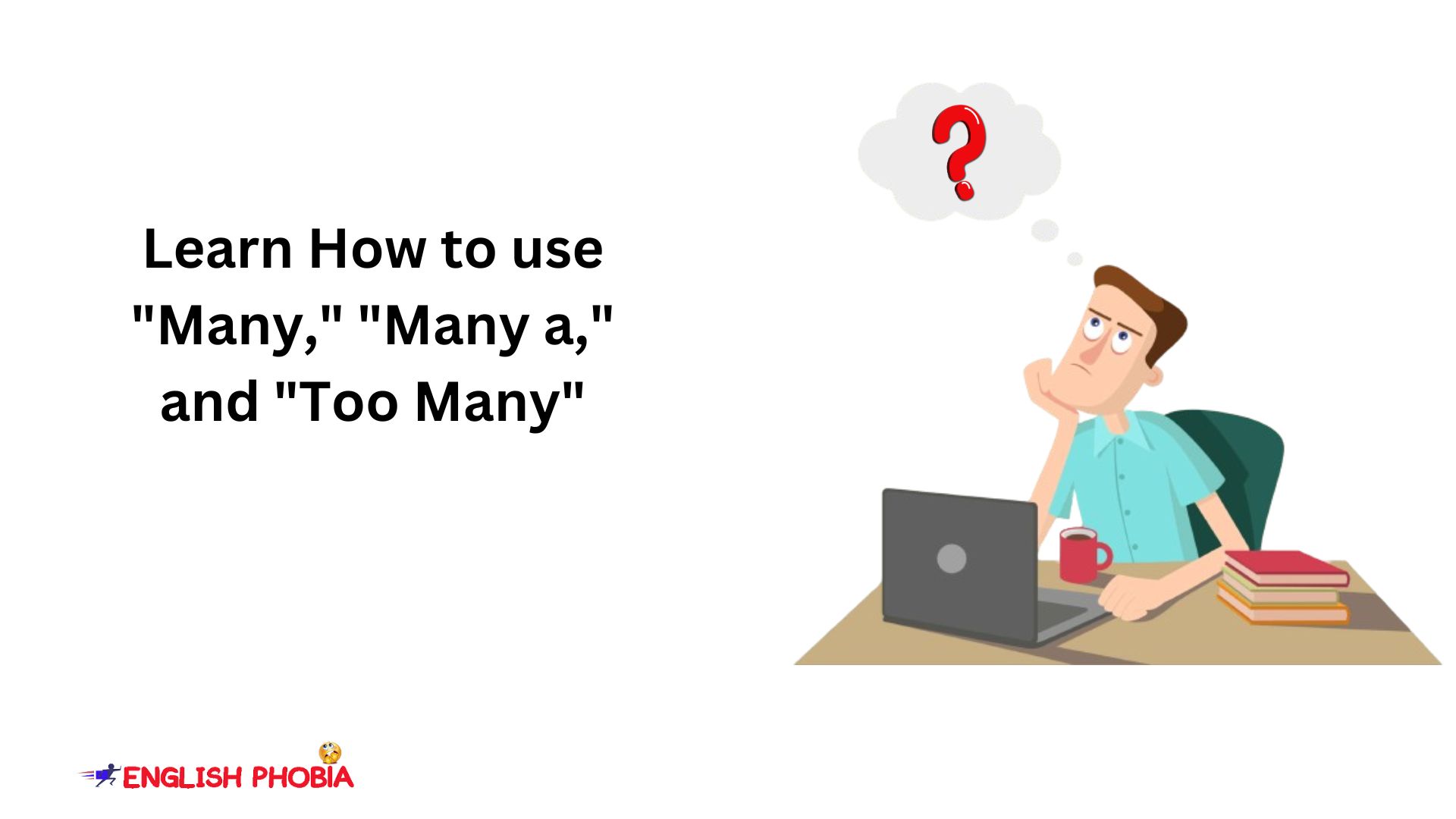In this sentence, “The wall” (work) is more important than “Him” (doer). Do you know how to make such sentences? If not, don’t worry! You are going to learn how you can make such types of sentences in this article.
What is Passive Voice meaning?
Passive voice is a grammatical construction. We use it to emphasize the recipient of an action, rather than the doer of the action. In a sentence written in passive voice, the subject is the receiver of the action, rather than the one performing the action.
For example, consider the sentence “Millions of phones are sold every year in India.”
In this sentence, “Millions of phones” is the subject, and “are sold” is the passive verb phrase. The emphasis is on the fact that the book was written, rather than on who wrote it.
Why Use Passive Voice
The passive voice is commonly used in technical writing to emphasize the object or the action being performed rather than the person or thing performing the action. For example:
1) When the task is more important than the performer.
Millions of phones are sold every year in India.
2) When we emphasize the recipient (object) rather than the doer or performer.
The former prime minister of India Indira Gandhi was assassinated.
The new software was installed on all computers in the office.
3) When we describe the social or historical monuments
The Qutub Minar was built in AD 1199.
4) For invitations, requests, and announcements
You are invited to attend this ceremony.
People are requested not to board the coach reserved for ladies.
The result of the 10th class is announced tomorrow.
5) In newspaper reports
Two were hospitalized after being shot in a mass shooting.
6) To avoid assigning blame or responsibility
The mistake was made by the accounting department.
7) To create a more formal or objective tone
The mistake was confessed by the financial department.
Active Passive Voice Rules
We form passive voice sentences by rearranging the sentence structure. The active passive voice rules are very easy to use. There are generally 3 simple rules to form a passive voice.
1) We make the object of active voice, the subject of passive voice.
2) The verb in the passive sentence is then formed using the auxiliary verb “be” followed by the past participle form (V3) of the main verb in different tenses and sentences.
3) The subject of the active sentence is either omitted or introduced with the preposition “by”.
Let’s dive deep into the rules of active and passive voice with examples for better understanding.
For example,
I teach Aryan. (Active voice)
Aryan is taught by me. (Passive voice)
|
Type |
Subject |
Verb |
Object |
|
Active Voice |
I |
teach |
Aryan |
|
Passive Voice |
Aryan |
is taught |
by me |
For example,
I don’t abominate her.
She is not abominated by me.
Let’s look at the buddle of active and passive rules to form passive sentences.
Change of Subject
When the subject of a sentence is a noun, it remains the same and does not change in any conditions. But if the subject of a sentence is a pronoun it is changed into the objective case.
|
Subject Case |
Changes |
Objective Case |
|
I |
Changes into |
me |
|
We |
Changes into |
us |
|
You |
Changes into |
you |
|
They |
Changes into |
them |
|
She |
Changes into |
her |
|
He |
Changes into |
him |
|
It |
Changes into |
it |
For example,
I don’t abominate her.
She is not abominated by me.
Change of Object
According to the voice grammar rules, it is very important to find out an object in a sentence. If there is an object and a verb in a sentence only then we can change it into a passive voice sentence.
There are two types of objects. If you want to learn the objects in detail, go through the noun types and cases for them.
1) Direct object – (Non-living object); you can ask the question with “What” to find out the direct object in a sentence.
I like branded shoes. (What do I like? – branded shoes)
2) Indirect object – (Living object); you can ask the question with “Whom” to find out the direct object in a sentence.
My teacher has always punished me. (Whom has my teacher always punished? – me)
|
Objective Case |
Changes |
Subject Case |
|
me |
Changes into |
I |
|
us |
Changes into |
We |
|
you |
Changes into |
You |
|
them |
Changes into |
They |
|
her |
Changes into |
She |
|
him |
Changes into |
He |
|
it |
Changes into |
It |
Change of Verb
Although there are 3 different tenses with 4 parts of each, we can change only 8 parts of the active sentences into passive voice. Follow the active and passive voice rules chart to know about it.
|
Tense Chart |
||||
|
Tense |
Indefinite |
Continuous |
Perfect |
Perfect Continuous |
|
Present |
Is, Am, Are + V3 |
Is, Am, Are + Being + V3 |
Has, Have + Been + V3 |
No Passive voice |
|
Past |
Was, Were + V3 |
Was, Were + Being+ V3 |
Had + Been +V3 |
No Passive voice |
|
Future |
Will be + V3 |
No passive Voice |
Will have been + V3 |
No Passive voice |
Now it is time to translate passive voice to active voice the below examples;











